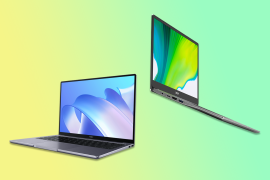Acer Predator Helios Neo 18 hands-on review: a powerful puzzler of a gaming laptop
Mid-range monster gaming laptop doesn't skimp on performance
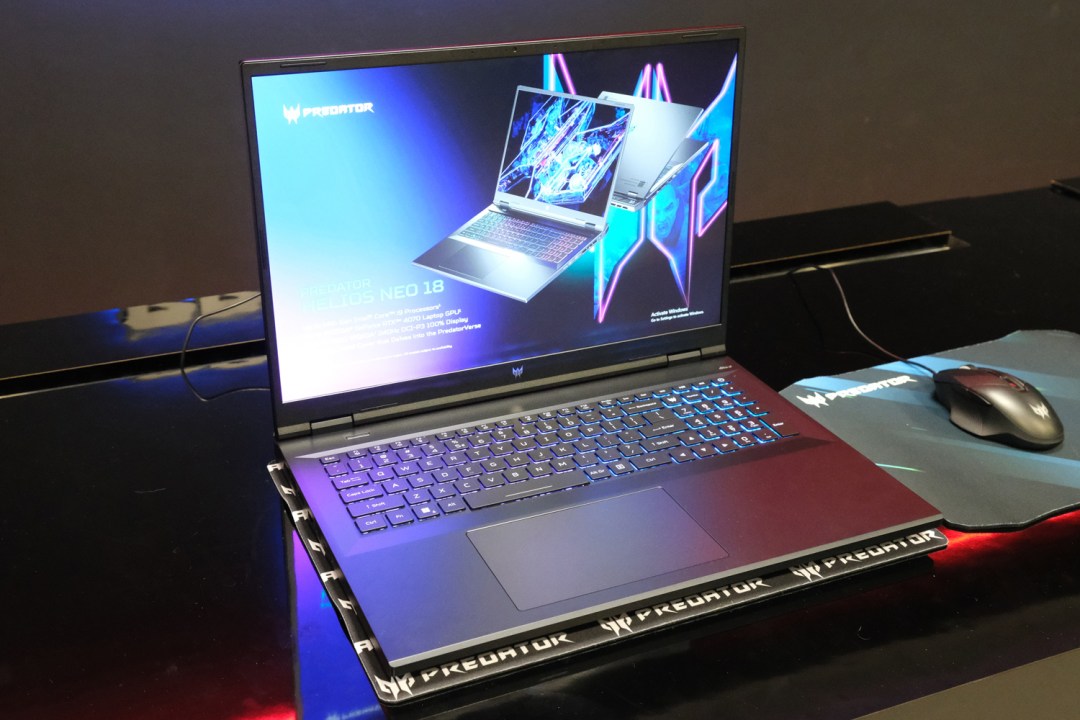
Initial Stuff Verdict
A more attainable gaming laptop than most, but that doesn’t mean the Acer Predator Helios Neo 18 skimps on performance. 14th-gen Intel CPUs make sure of that.
Pros
- Well-balanced hardware muscle
- Rapid refresh rate screen
- Slick looks with sneaky puzzles baked in
Cons
- Is performance dramatically different from last year?
- Prices and spec specifics still TBC
Introduction
As much as I love an all-singing, all-dancing gaming laptop, my bank balance most certainly doesn’t. Top-tier notebooks can set you back thousands, but some savvy shopping can get you playing at high frame rates for considerably less. The new Acer Predator Helios Neo 18 is a great example: it’s a more mid-range machine, but doesn’t skimp on GPU grunt. It looks the part, too.
Revealed at CES 2024 alongside the Predator Helios Neo 16 (for gamers wanting more of a portable powerhouse than a desktop replacement), it’s equipped with Intel’s new 14th-gen Core processors, Nvidia RTX graphics, and a huge, high rate screen. Does it have a hope of besting other mid-tier gaming models? Here’s what I think after an initial hands-on session.
How we test laptops
Every laptop reviewed on Stuff is used as our main device throughout the testing process. We use industry-standard benchmarks and tests, as well as our own years of experience, to judge general performance, battery life, display and sound quality. Manufacturers have no visibility on reviews before they appear online, and we never accept payment to feature products.
Find out more about how we test and rate products.
Design & build: crack the code
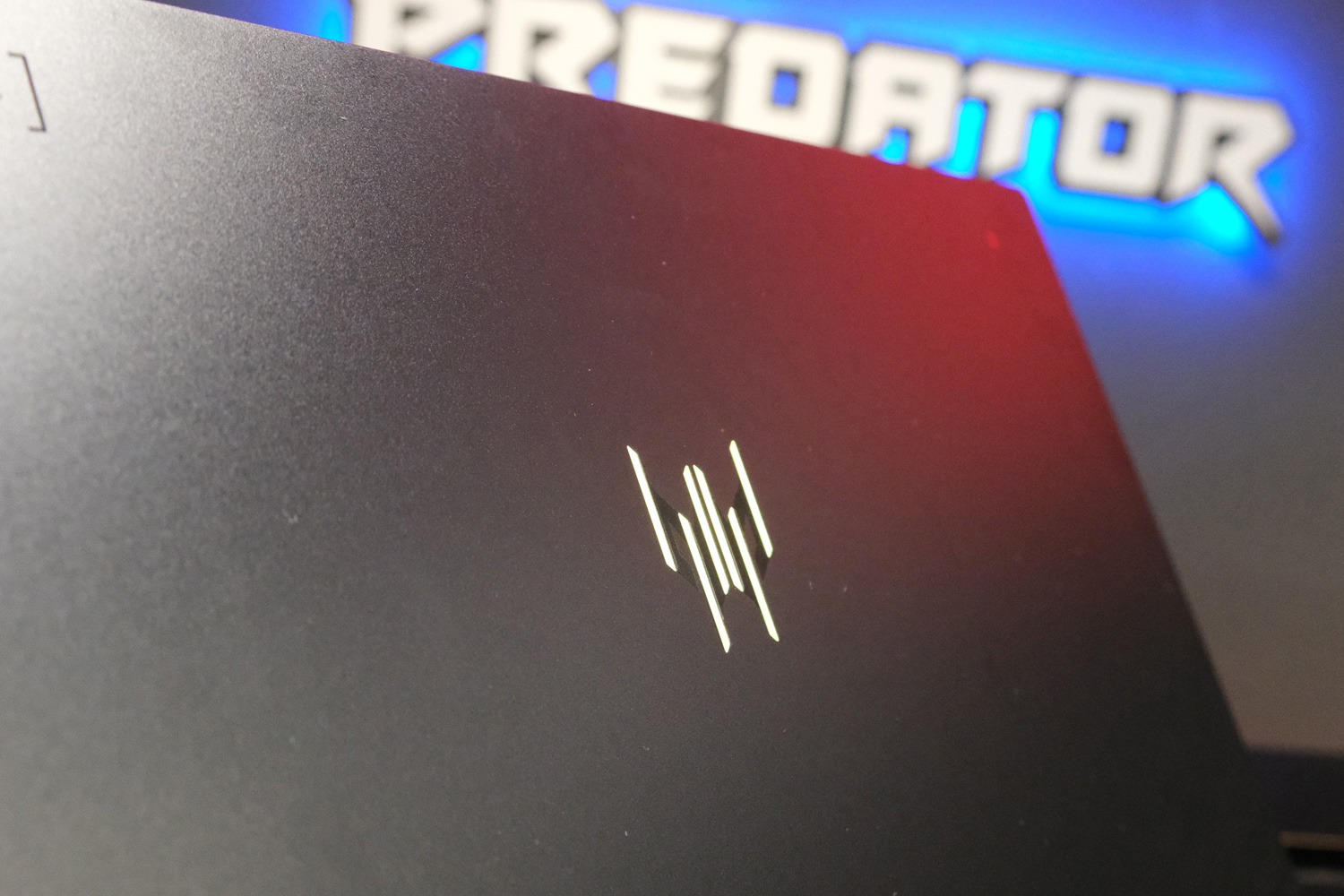
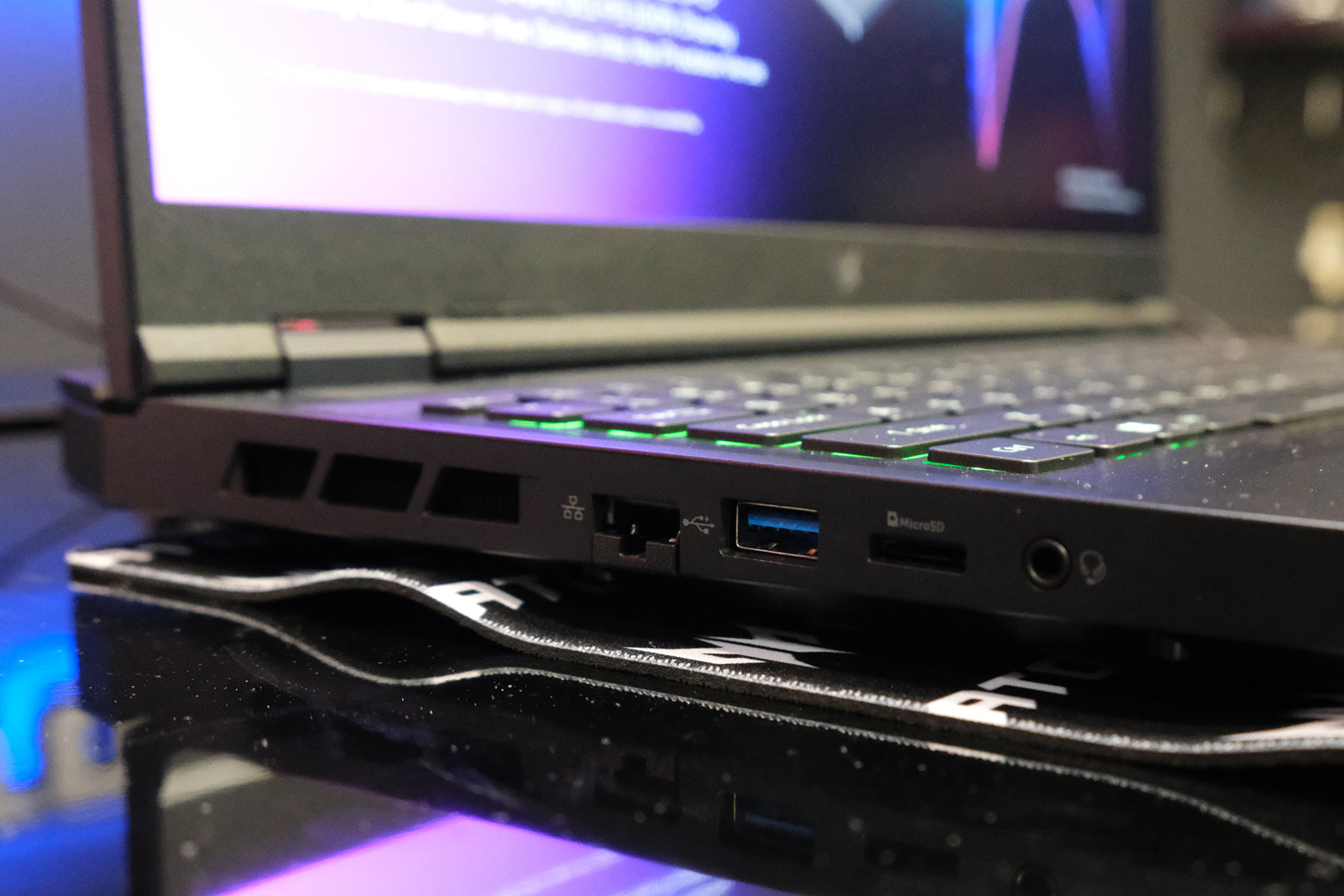
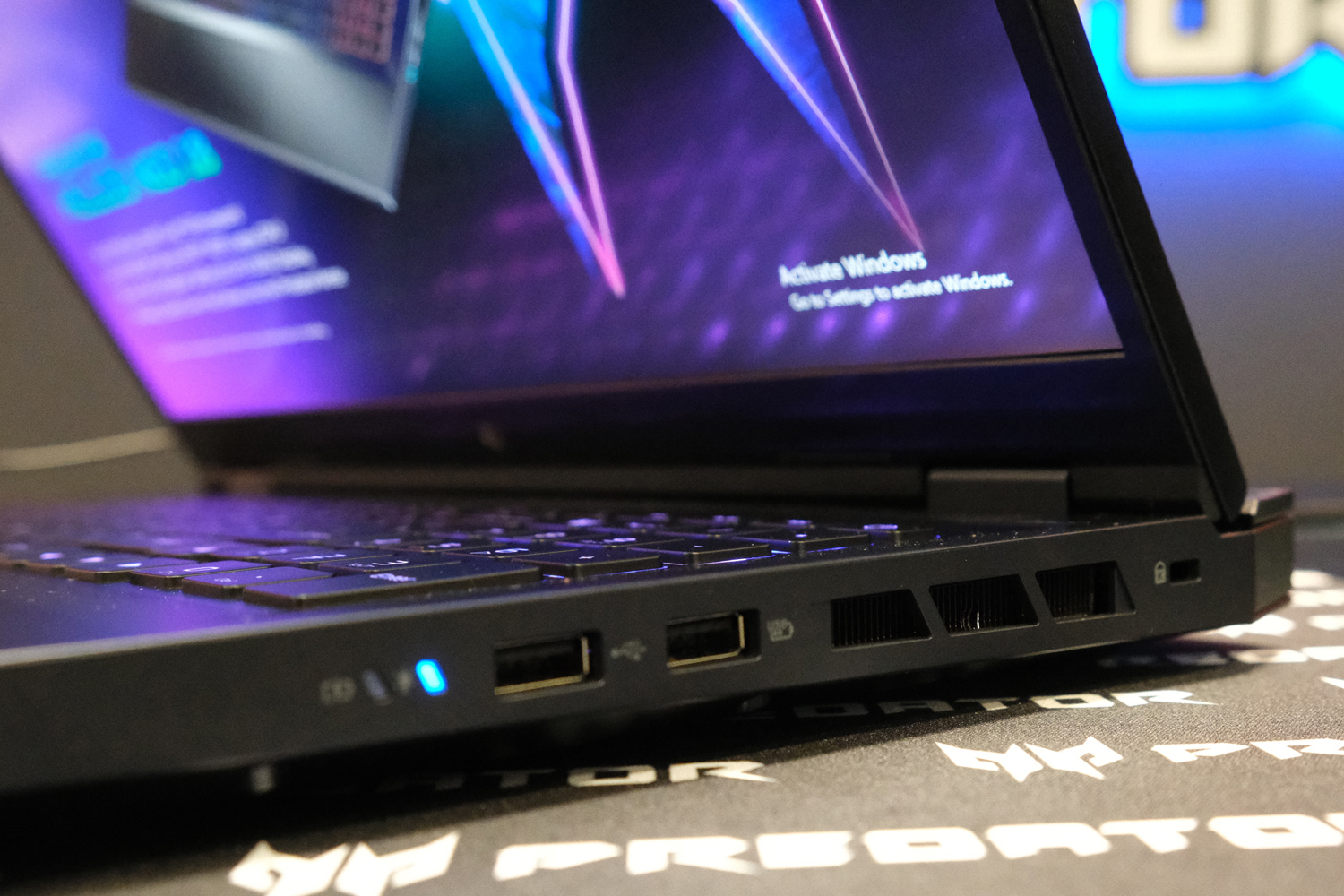
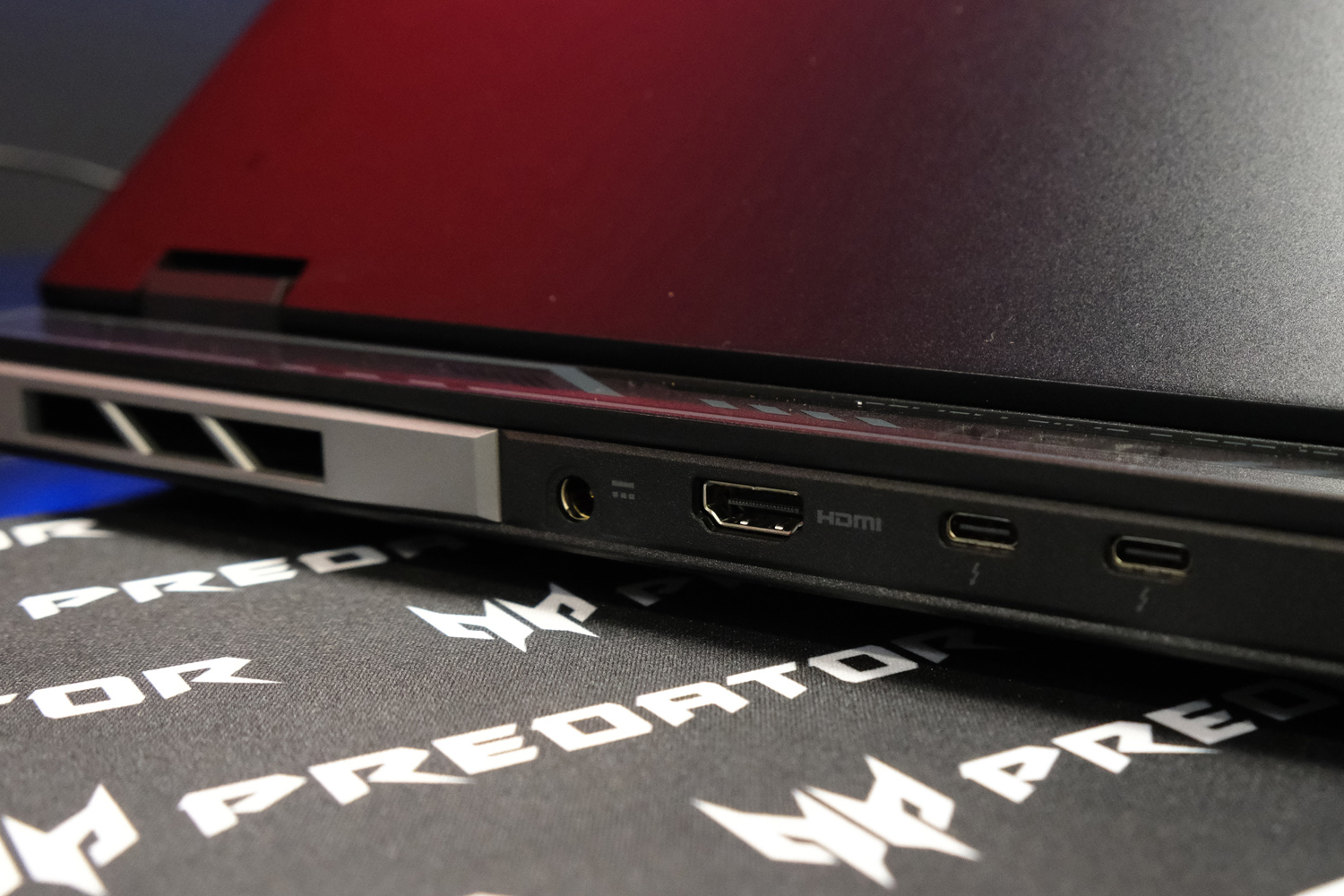
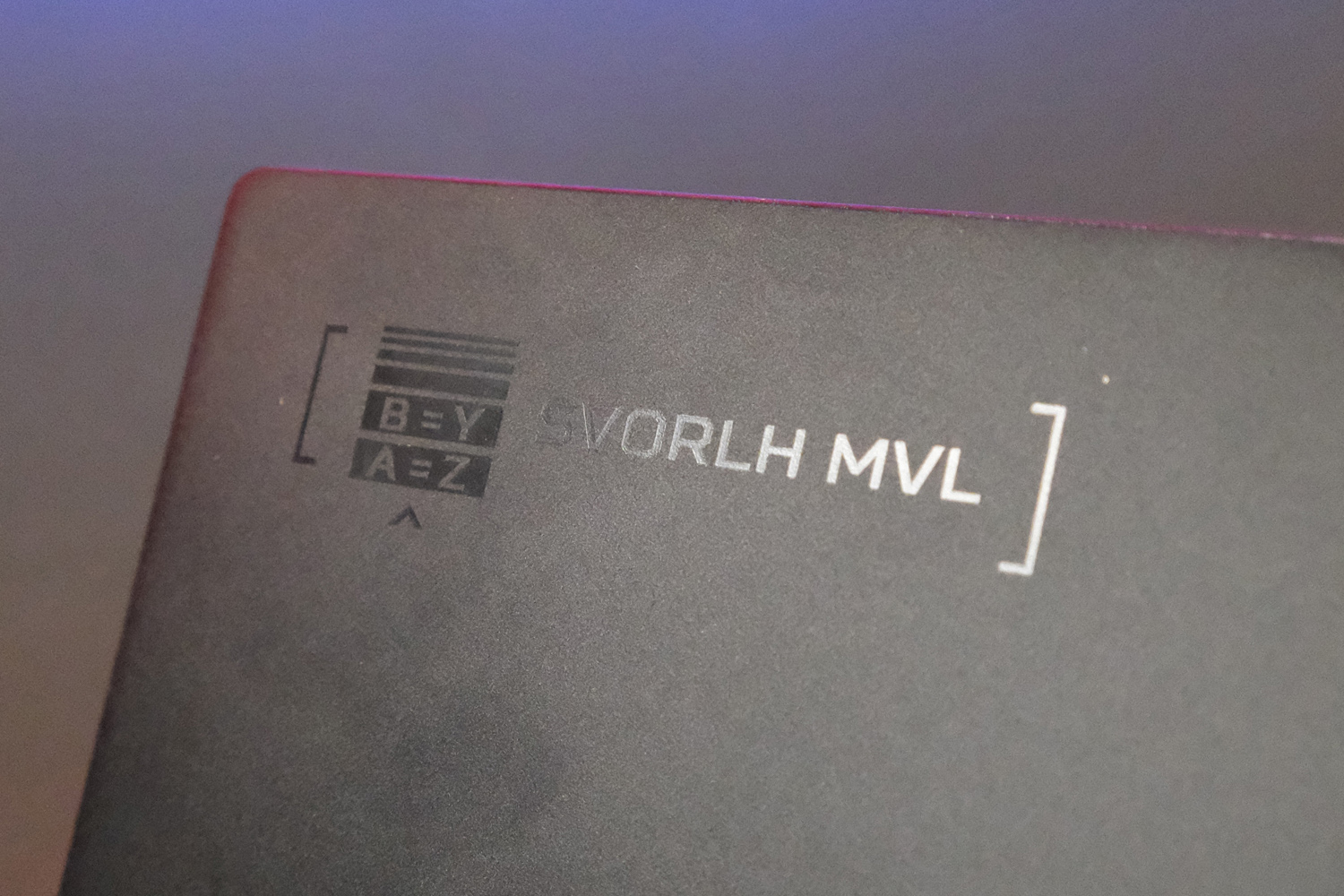
Acer hasn’t just taken last year’s model and slapped some new hardware inside; the Predator Helios Neo 18 is a new chassis, with redesigned rear cooling vents, an updated, LED-illuminated Predator logo, and a new set of cryptic cyphers engraved on the lid. Once decoded they’re meant to point customers towards “an exhilarating journey to the Predator Verse”. I struggle with normal crosswords, let alone cryptic ones, so wouldn’t have a clue where to start with these.
The gunmetal finish and Mecha-inspired etchings on the rear vents do give the game away that this is a gaming laptop through-and-through, but it’s otherwise a fairly svelte machine. I still needed two hands to hold it, but not because it was especially thick or heavy. The scale of that 18in screen is more to blame.
Acer has sensibly placed the power barrel, HDMI port and two Thunderbolt 4 ports at the rear of the system, so you could hard-wire it into a desktop setup without a bunch of cables snaking all over your work surface. There are also three USB-A ports, an Ethernet port, 3.5mm headphone port and a microSD card reader at the sides. I would say that rules out the need for any dongles, but I know full well my camera still takes a full-size SD card – it’s something I’d much rather see included than the microSD alternative.
Screen & sound: speed demon
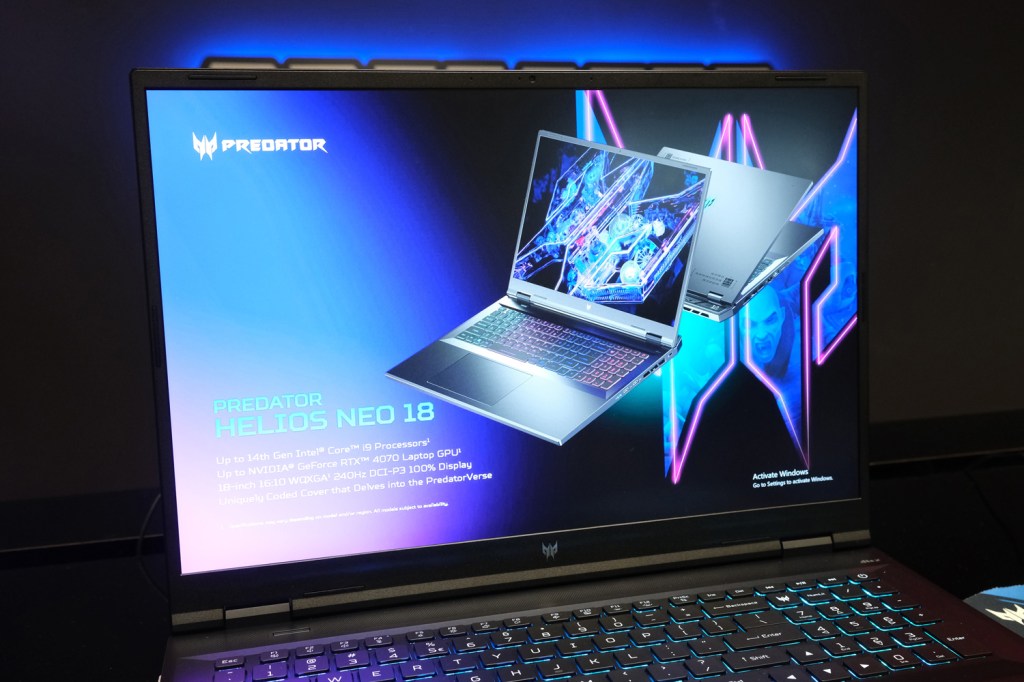
At 18in, the Predator Helios Neo 18’s LCD display is rather imposing. Its bezels aren’t the skinniest, but there’s ample panel brightness to distract you once you boot up a game or start streaming a movie. The 2560×1600 resolution is a great middle ground between 1080p (which starts to look rather grainy at this size) and 4K (which demands an awful lot from the graphics hardware). Everything looked nice and sharp during my demo.
The standout feature is the 240Hz refresh rate, which combined with a 3ms response time should be plenty fast enough for even serious esports gamers. Nvidia G-Sync is also on board to guarantee there’s no frame tearing.
It uses a traditional IPS LCD panel, which means black levels and contrast aren’t going to rival pricier laptops with mini-LED or OLED displays. I thought static images looked reasonably colourful, and Acer says it covers 100% of the DCI-P3 colour space, but there’s no question this is one area the Helios Neo makes its mid-range credentials known.
I wasn’t able to pump up the volume on the built-in speakers, which have the DTS:X Ultra seal of approval. Previous Helios laptops impressed the team with a decent amount of bass and only minor mid-range flatness, so I’d hope for similar here. A headset is still the obvious choice for gaming, though.
Keyboard & touchpad: size matters
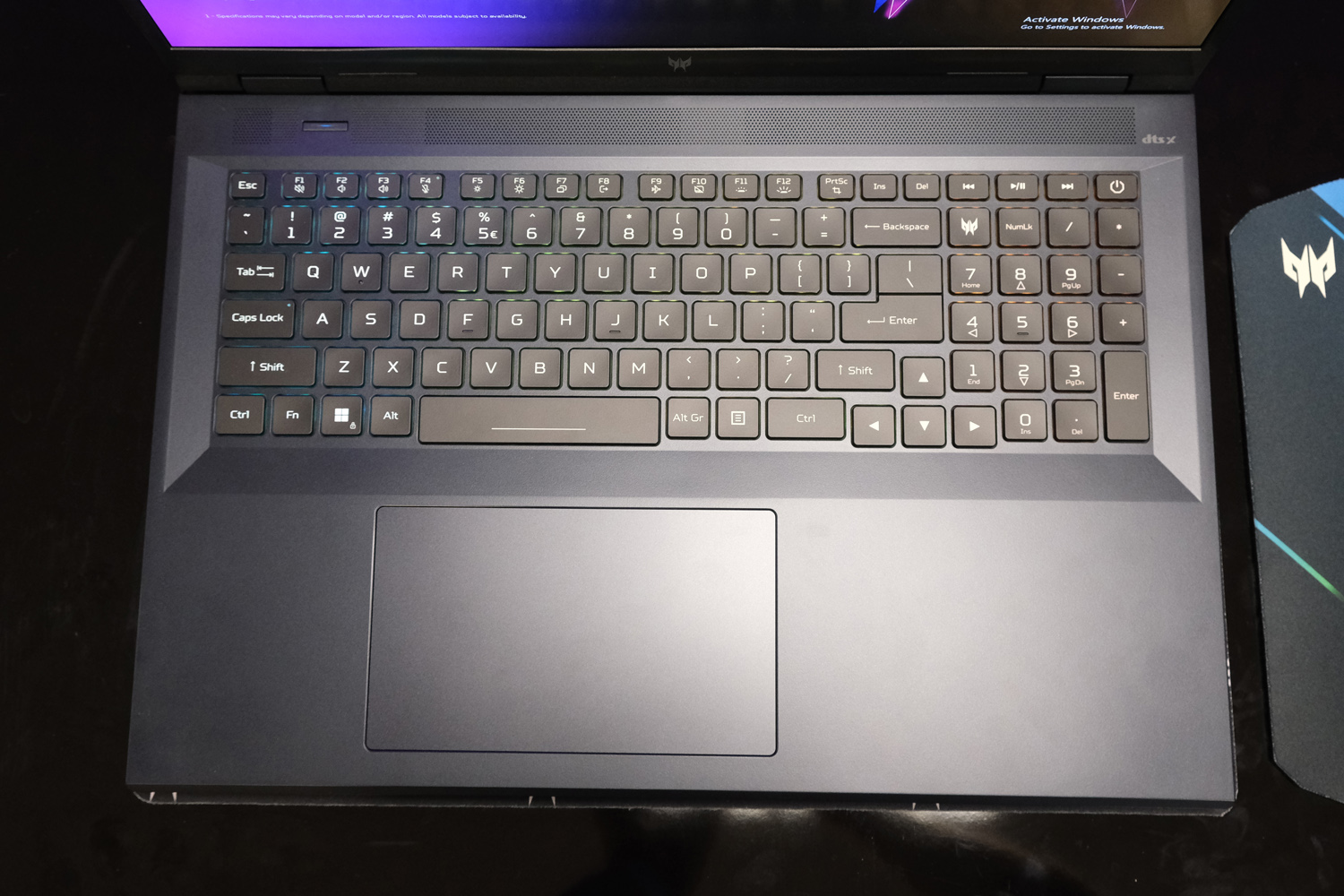
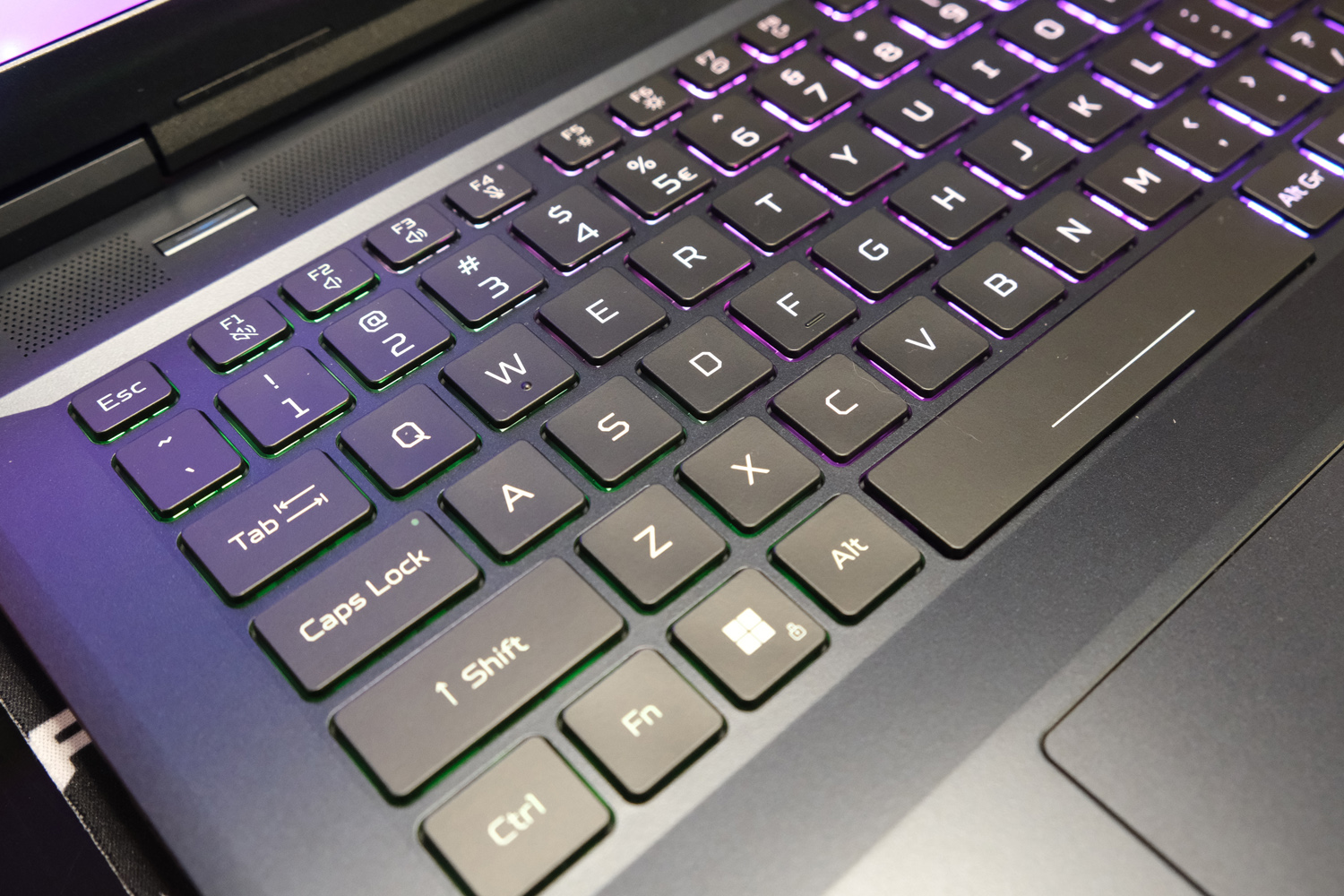
There’s no interchangeable keycap cleverness or mechanical switches on the Predator Helios Neo 18’s QWERTY keyboard – you’ll need to step up to the flagship Predator Helios 16 for those – but it’s otherwise perfectly suited to on-the-go gaming. I found the full-size keyboard easy to type on, with a decent amount of key travel, and the RGB backlight adds a touch of drama for low-light playing.
I like that Acer has found room for a numerical keypad at the side, without compromising the layout at all; the arrow keys are still full size (even if they haven’t been the in thing for PC gaming for 25 years now) and the power button is far enough to the side I can’t see any way to press it accidentally mid-game. The function keys are half-height, but I’m not going to grumble when that leaves space for dedicated multimedia shortcut keys at the side.
The smooth all-in-one touchpad is a great match to the screen, with an identical aspect ratio and responsive tracking. It’s a little too close to the WASD keys for my liking, but it’s easy enough to disable with a keyboard shortcut while you’re gaming. Any sensible FPS player is going to plug a mouse in straight away, anyway.
Performance & battery life: 14 not out
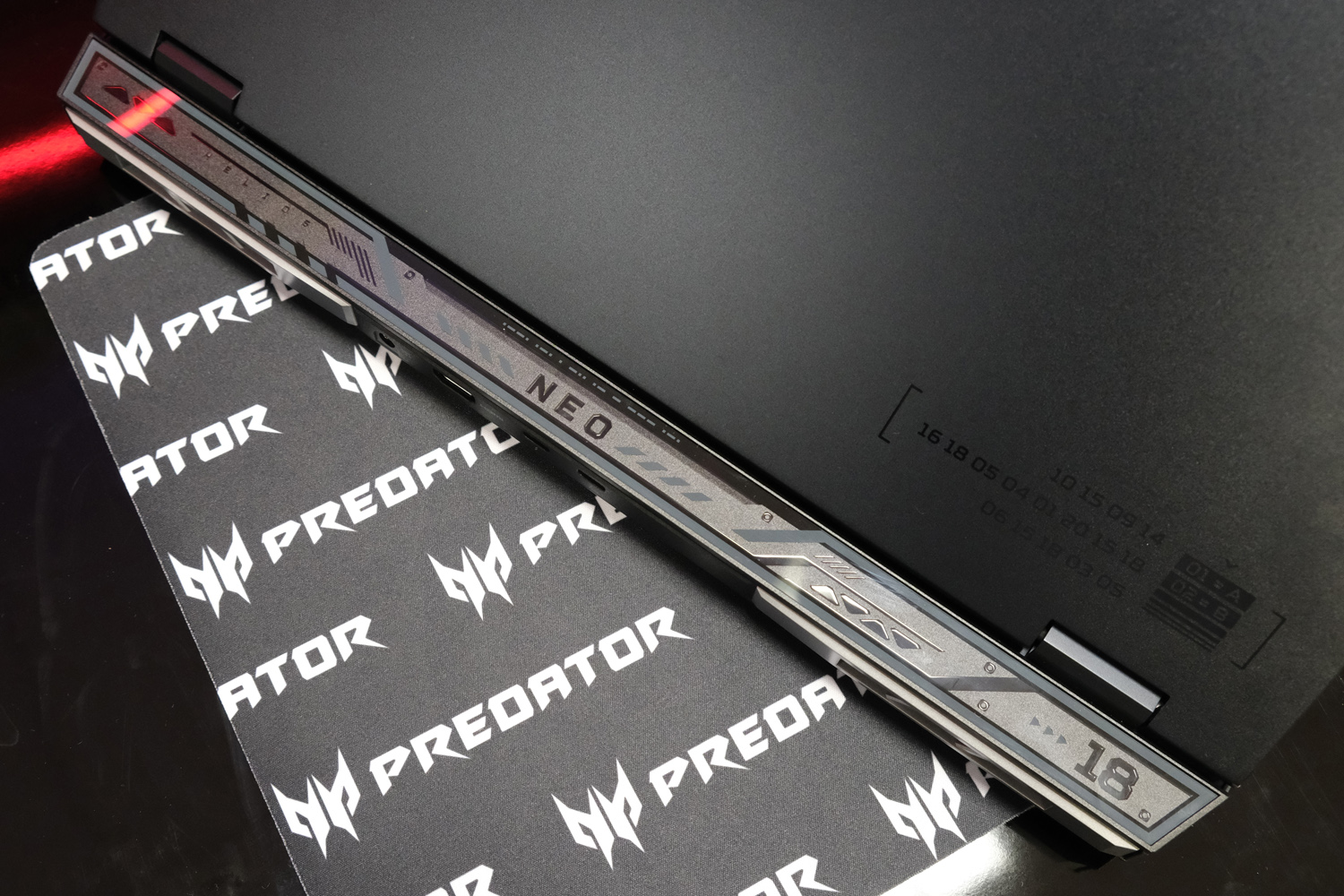
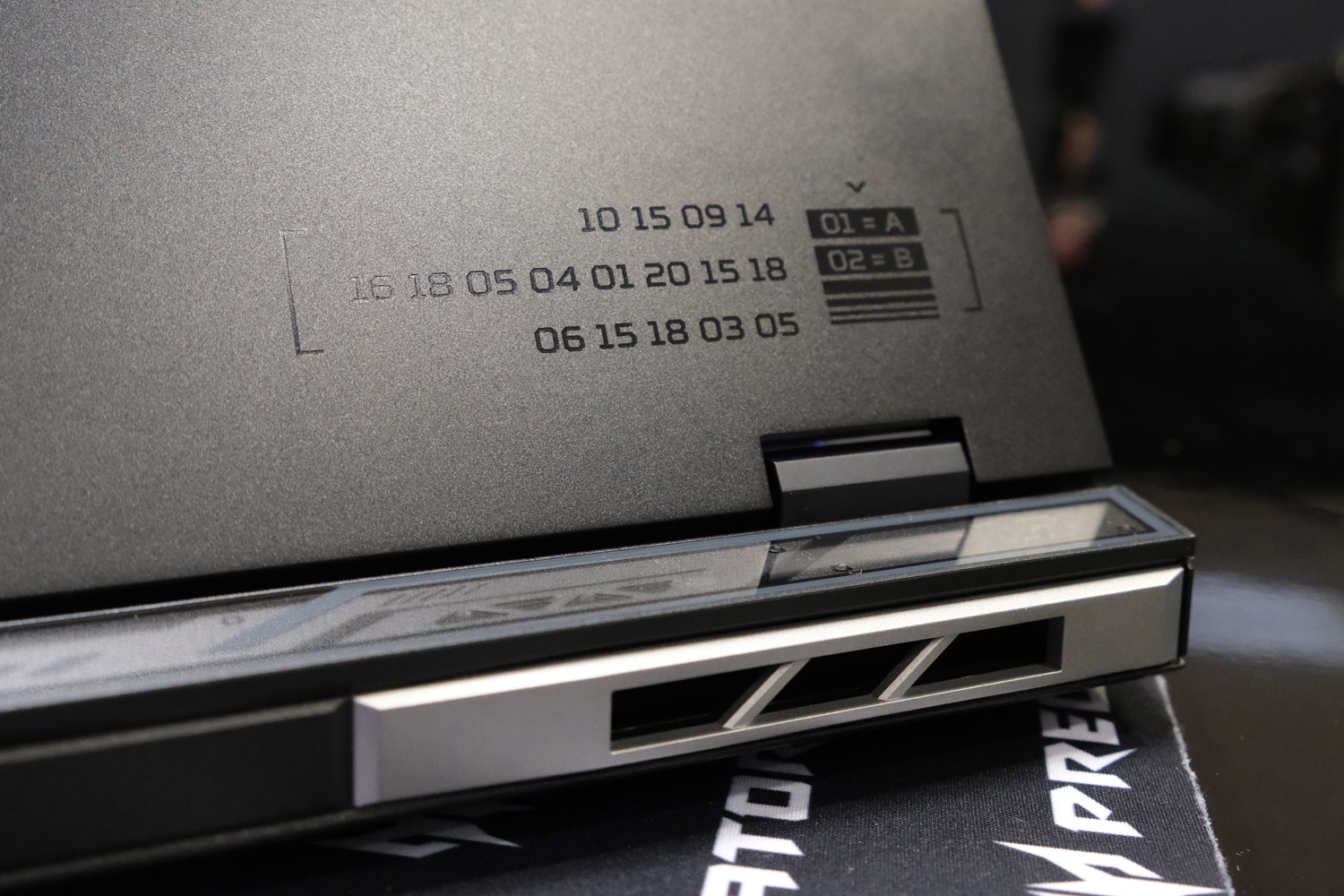
With a 14th-gen Core 9 14900HX at its heart, there’s no questioning the Predator Helios Neo 18’s desktop performance credentials. The Raptor Lake Refresh chips aren’t a dramatic improvement over their 13th-gen predecessors, but this is still Intel’s best laptop silicon. It has eight performance cores, 16 efficiency cores and a peak 5.6GHz boost clock, so naturally everything I tried during my short demo felt blazingly fast.
Specs will vary by region, but Acer says a fully-maxed Predator Helios Neo 18 will have 32GB of DDR5 memory and 2TB of NVMe storage in RAID 0. Graphics muscle comes from an Nvidia GeForce RTX 4070, which can be fed the maximum 140W TDP when games demand it. That should mean no performance is left on the table, compared to rival gaming laptops that have to run the chips at lower TDPs.
I wasn’t able to check that during my hands-on, or even get a taster for frame rates in games, as none were installed on the demo system. That also meant I didn’t get an idea of how effective Acer’s 5th-gen AeroBlade 3D fans are – or how loud when running at full pelt. It’s great to see liquid metal thermal grease being used for more efficient heat transfer, though.
As a gaming laptop I’m not expecting much when it comes to battery life. At least with Nvidia’s Optimus graphics switching tech the Helios Neo 18 can default to integrated graphics when sat on the desktop, which should help extend the time between top-ups.
Acer Predator Helios Neo 18 initial verdict
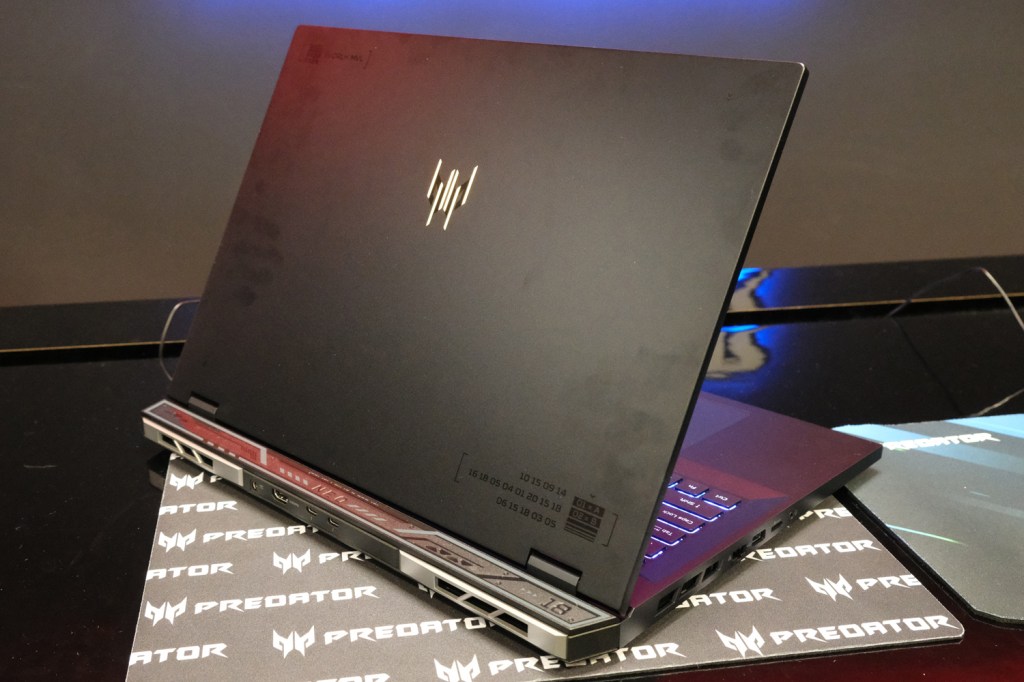
With no new Nvidia or AMD laptops graphics in 2024 so far, and Intel’s 14th-gen Core processors not a quantum leap from last year, I was worried the new intake of gaming laptops wouldn’t be very exciting. It’s great, then, to see Acer mixing things up with a new design and upgrades in other areas such as the screen.
The Predator Helios Neo 18 is shaping up to be a potent mid-to-high end gaming rig with enough power to run the latest games at decent resolutions and refresh rates, without relying entirely on DLSS upscaling. It has great connectivity, an esports-friendly display, and those decipherable codes on the lid are beyond head-scratching.
Acer hasn’t revealed which countries will be getting which specs, or exactly what they’ll cost; I only know Europe will be first in line in February, with prices starting from €2199. The US will follow in March, from $1550. That gulf in price suggests North America will be getting a lower entry-level model, while Europeans will start with faster internals. Either way, it’ll be a tough sell compared to discounted 2023 models with the same graphics cards.
A full review will reveal how well it stacks up to rivals from both this year and last.
Acer Predator Helios Neo 18 technical specifications
| Screen | 16in 2560×1600 IPS LCD w/ 240Hz |
| CPU | Intel Core 9 14900HX |
| Memory | Up to 32GB DDR5 |
| Graphics | Nvidia GeForce RTX 4070 |
| Storage | Up to 2TB NVMe SSD |
| Operating system | Windows 11 |
| Connectivity | 2x USB-C/Thunderbolt 4, HDMI 2.1, MicroSD card reader |
| Dimensions | TBC |


